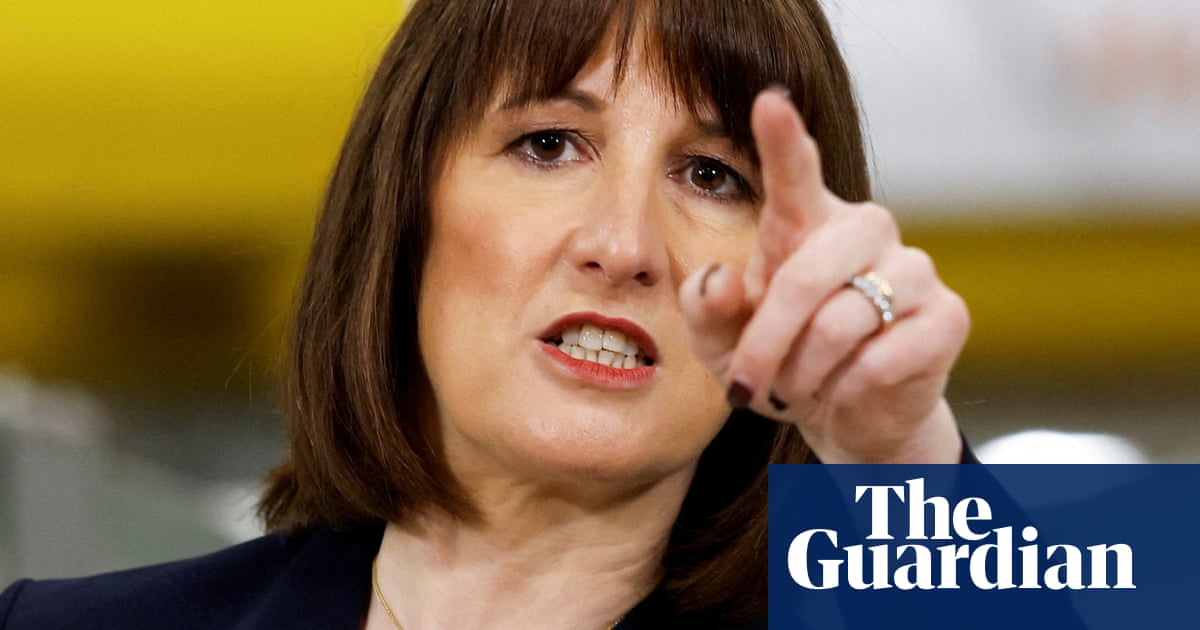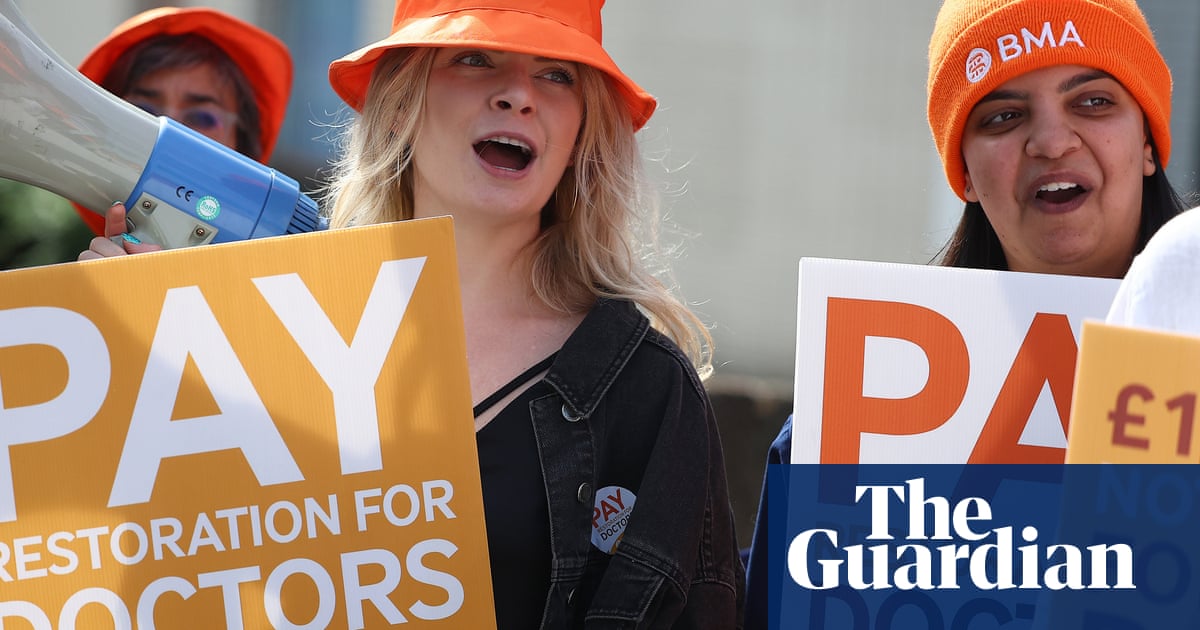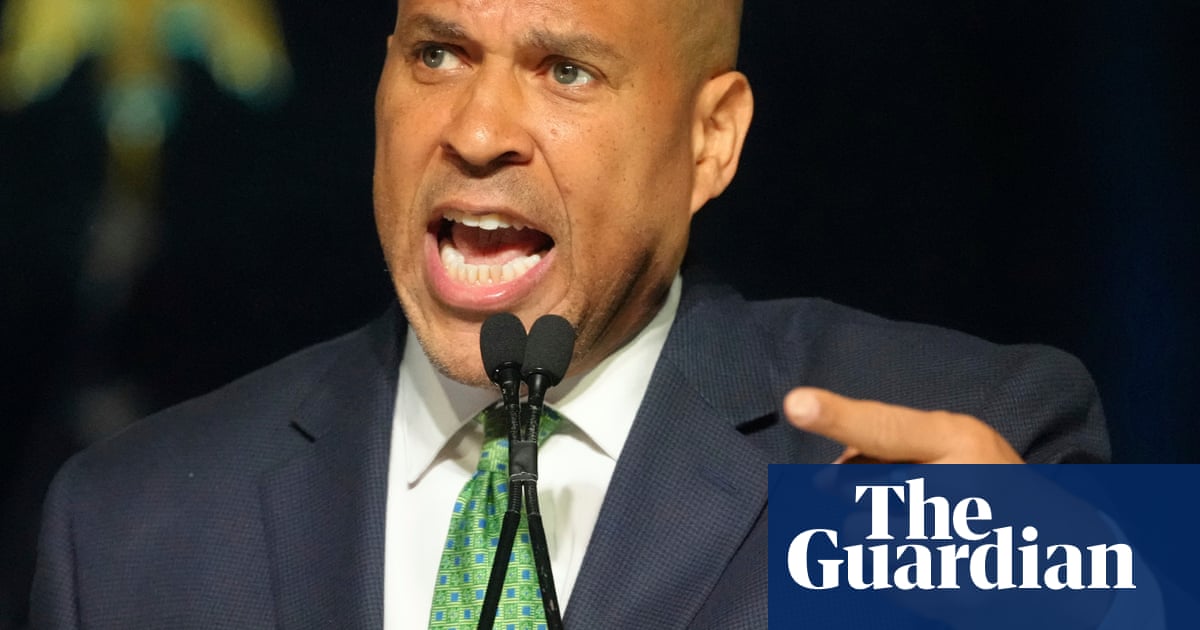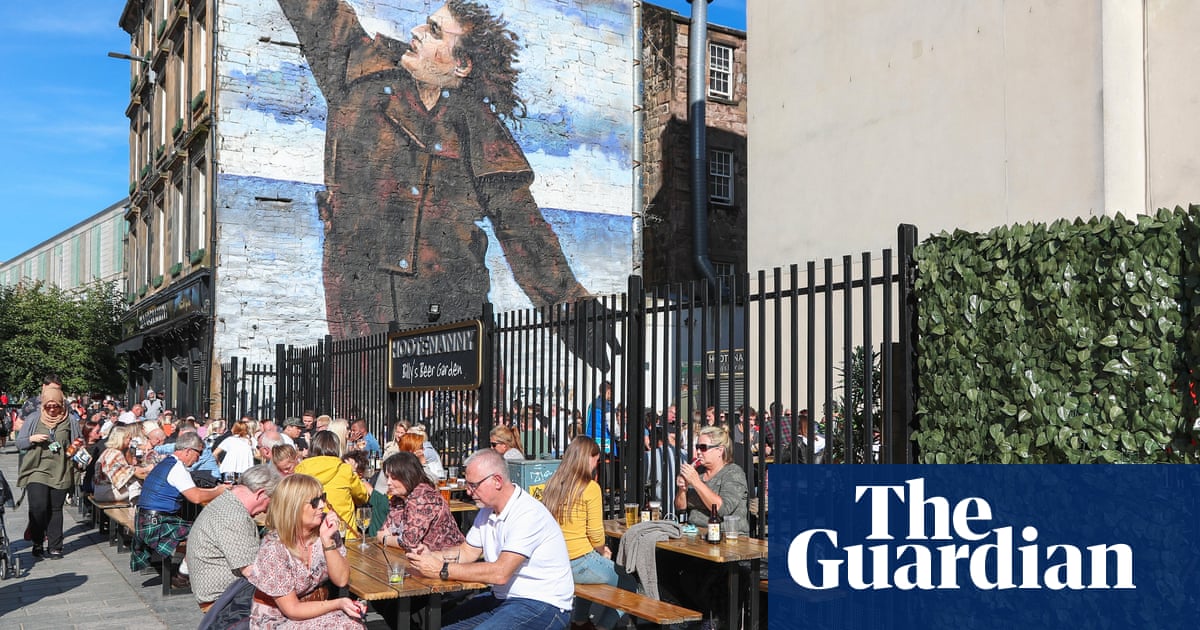Only 2.5% of private rented homes in England were affordable for people on housing benefit last year, with charities warning that more people will be pushed into rent arrears and homelessness as a freeze on the benefit takes effect.
From Tuesday, housing benefit rates will be locked at current rates until 2026, affecting 5.7m households on low income which rely on it to cover rent.
Research from the homelessness charity Crisis and the campaign group Health Equals found fewer than three in every 100 private rental properties listed in England were affordable for people on housing benefit between April and October 2024.
This figure is down from 12% in 2021-22. Over the past decade, rents in the private sector have risen by 45% in England.
Crisis said people on low incomes could be forced to sleep rough or pushed into poor quality temporary accommodation because of the growing gap between housing benefit and the cost of rent.
Matt Downie, the charity’s chief executive, said it was becoming an “impossible situation” and that the freeze represented a real-terms cut. “Housing benefit is supposed to cover the lowest third of rents in the private sector. We are currently nowhere near that,” he said.
“There is no doubt that today’s freeze on housing benefit will lead to rising homelessness. It also risks completely overwhelming local authorities who are already struggling to cope with the demand for support, and will leave more people stuck in unfit temporary accommodation that damages their health and wellbeing.”
The research found that, across Great Britain, 2.7% of private rented properties were affordable, and that households on housing benefit were being forced to find, on average, an additional £337 a month for a one-bed, £326 for a two-bed and £486 for a three-bed home.
Downie urged the government to reverse the benefits freeze, saying it would “undermine their efforts” to end homelessness and pile further pressure on local authorities, which spent £2.3bn a year on temporary accommodation for homeless families in 2023-24.
In the 12 months to February 2025, average rent in England rose to £1,381. Meanwhile, 126,040 households in England are now in temporary accommodation, including more than 164,000 children – the highest levels on record.
In the autumn budget, the chancellor, Rachel Reeves, announced that the local housing allowance (LHA) – the localised rates that determine how much housing benefit claimants are entitled to – would be locked at current levels until 2026.
LHA rates have been frozen periodically since 2016 – former Conservative governments froze it for seven out of 12 years, before increasing rates last year.
Crisis and Health Equals said rising rents were pushing more families into poor-quality homes, often beset with problems such as cold and damp, adding that the financial impact of poor housing was costing the NHS an estimated £1.4bn a year.
Paul McDonald, the chief campaigns officer at Health Equals, said: “When people are forced to move house, sofa surf, live in temporary accommodation or cold, mouldy and overcrowded conditions, their health and wellbeing suffers. In the UK thousands of lives are already being cut short by up to 16 years by factors like poor quality and unaffordable housing.”
A government spokesperson said: “We have inherited the worst housing crisis in living memory with rent levels unaffordable for far too many.
“We’re building 1.5m homes to improve affordability for renters and helping those on the lowest incomes pay their housing costs by extending the household support fund and maintaining discretionary housing payments. Alongside this, we recently announced a £2bn investment for up to 18,000 new social and affordable homes, while our renters’ rights bill will fundamentally reform the private rented sector by empowering tenants to tackle unreasonable rent hikes.”

.png) 2 months ago
40
2 months ago
40
















































